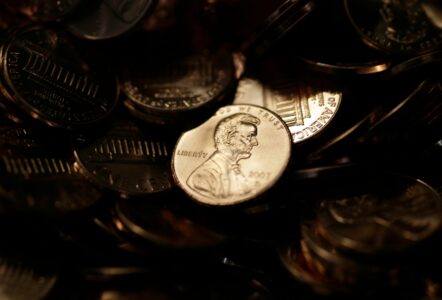Post 135 receives new mural approval
American Legion Post 135 is getting a new mural to honor its namesake, Chief Cornplanter.
City Council members unanimously approved the new mural during its most recent meeting. The new mural comes after the post installed a new 16-by-12-foot mural honoring the four branches of the United States military — Army, Navy, Air Force, and Marines at its building at the corner of Liberty Street and Pennsylvania Avenue.
Randy Rossey, city codes director, said the new mural will be 6 feet wide by 8 feet high and will be placed on the building’s north back wall. The mural will be painted directly on the building. City code requires the City Council to approve a rendering of the mural before it can be painted.
Ben O’Neill, post adjutant general, said the American Legion in Warren was founded shortly after World War 1 with its first location in the town of Kinzua, which was formerly Seneca Nation land.
“It was voted on by the legion that since we are named Chief Cornplanter, and we’re the only legion in the country named after a chief that does not sit on an Indian reservation. There’s only four of them. So, with that, we’re proposing at our cost, not anybody else’s, that we paint this mural. And if you look, we painted the building, got rid of that horrible red color, and we painted that – it’s a grayish green. And now in the top right hand corner will be Chief Cornplanter.”
Cornplanter was “the principal war chief of the confederation” during the American Revolution and a key leader in the decades that followed. According to the Warren County Historical Society, during the American Revolution, the Senecas sided with the British. Cornplanter emerged from the Revolution a principal war chief of the Senecas. After the treaty of peace between Great Britain and the United States, he learned that the British, despite their promises, had neglected the interests of their Indian allies and had abandoned them to the former colonists. From that time on, he cast his lot with the United States. He helped the Whites because he regarded this as the only way to help the Indians. During 1790 and 1791, Cornplanter earned the gratitude of Pennsylvania by his heroic effort to check the development of a threatening alliance between eastern and Ohio Indians. It was at this time Cornplanter was given a land grant along the Allegheny River in northern Warren County.
After 1812, Cornplanter became disillusioned with the Americans. In remorse over his part in assimilating his people to the culture of the white man, Cornplanter burned his military uniform, broke his sword, and destroyed his medals; he closed the schools and dismissed the missionaries.
He died in February 1836 and was buried on the Tract but his remains were exhumed as a result of the Kinzua Dam and moved to what is now as the Riverview, Cornplanter or Corydon cemetery.
Councilman Phil Gilbert asked if the mural would be lit, with O’Neill saying there will be a remote-controlled light installed after the mural is painted. Councilman Maurice Cashman recounted some of Cornplanter’s history, noting many in the area look at Chief Cornplanter as part of the area’s historical heritage before complimenting the post for its choice.
“I think that will be a great addition to Post 135 in the city of Warren,” said Mayor David Wortman after the council’s approval of the mural.




